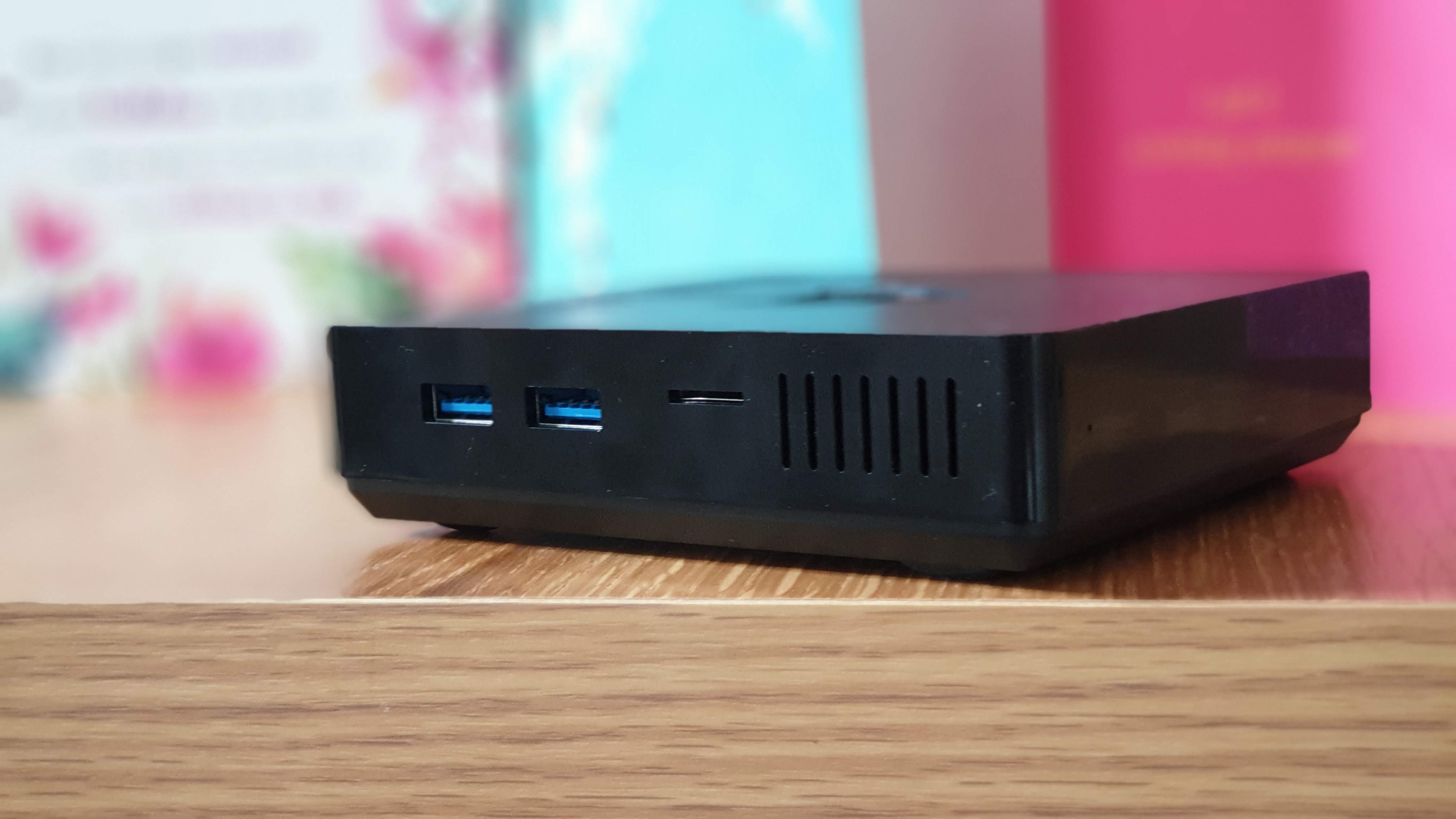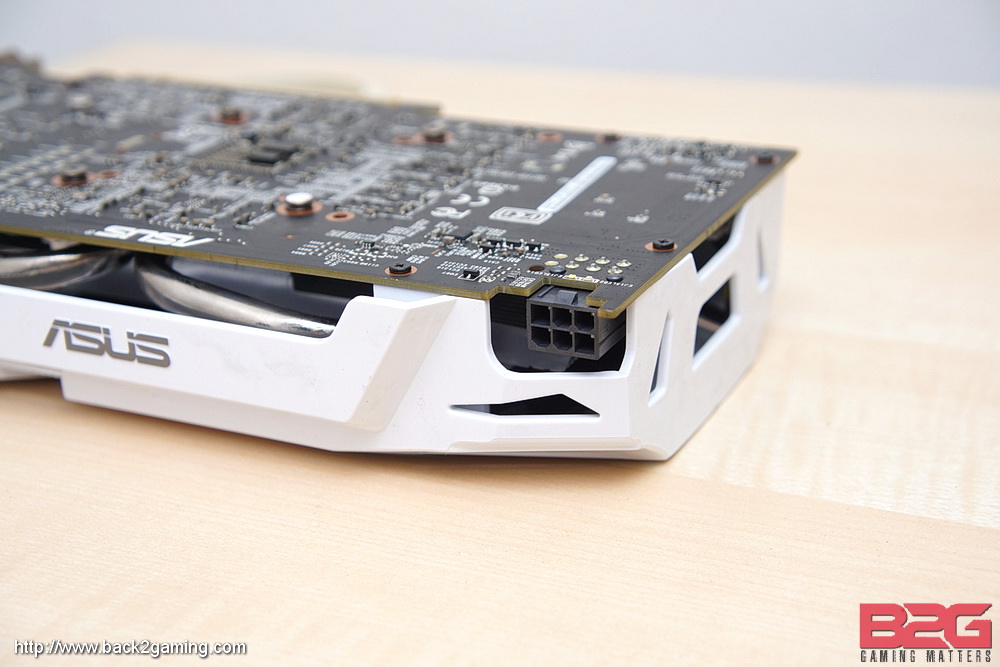
Still, if you don't have a high refresh rate monitor and just have a regular 60Hz one, then it's unlikely you'll see a huge amount of difference between the two cards here - apart from, that is, in Final Fantasy XV and Metro Exodus.

It's also able to make a better stab at Metro Exodus as well, which the GTX 1650 struggles with by comparison.

This game remains one of the GTX 1650's biggest hurdles at this resolution, and it struggled to get much beyond an average of 45fps even when I lowered the quality down to Medium (or Average, in the game's parlance).Īs you can see below, while the GTX 1650 is just about pushing into 60fps territory here, the GTX 1060 is able to go even further, offering average speeds of around 70fps that would be much more suitable for a high refresh rate monitor. That said, there are still some games where the GTX 1650 falls a bit short on High, which makes the GTX 1060's 60fps+ speeds all the more enticing here, particularly when it comes to running Final Fantasy XV. Indeed, you'd have to be a real nick-pick not to enjoy an average of 55fps in Shadow of the Tomb Raider here, as well as 53fps in Assassin's Creed Odyssey and 54fps in The Witcher III. While the GTX 1650 still isn't hitting a consistent average of 60fps here, it's jolly well doing a much better job of it here than it was on Ultra. Otherwise, it's getting dangerously close to the wrong side of 30fps here, with the biggest casualty being Assassin's Creed Odyssey, which averaged just 29fps overall in its internal benchmarking tool.įortunately, both cards are much more comfortable on High quality settings, which are outlined below. Indeed, the only games the GTX 1650 can really handle with any degree of competence on Ultra quality settings is Forza Horizon 4 and, to a lesser extent, Shadow of the Tomb Raider (albeit only with its basic SMAA anti-aliasing option enabled). While the GTX 1650 is stumbling around the low 30s in a lot of games, the GTX 1060's general stomping ground is much higher up in the region of 50fps, often see-sawing either side of it depending on the game in question. Admittedly, the GTX 1650 was never intended to be an Ultra quality card at this resolution, but the difference is pretty stark. Starting with each card's Ultra performance, you can see below that in most cases there's a clear 10-15fps gap between the two cards at 1920x1080, giving the GTX 1060 a significant lead over its 16-series cousin.
LOW SCORE NOVABENCH GTX 1060 1080P
Nvidia GTX 1650 vs 1060: 1080p performance The Zotac, on the other hand, is at the lower end of the GTX 1650 price spectrum, making it more of a baseline experience than anything else. As a result, these GTX 1060 speeds are probably among the best you can expect to see from this particular type of card. The latter, I should note, isn't actually available to buy any more, but when it was available, it was one of the fastest GTX 1060 cards you could buy. Today, I’ve got the Zotac GeForce GTX 1650 OC and Asus' GeForce GTX 1060 6GB 9Gbps Edition.
LOW SCORE NOVABENCH GTX 1060 MANUAL
Paired with my Intel Core i5-8600K CPU and 16GB of Corsair Vengeance 2133MHz RAM, I’ve seen what each card can do on Ultra, High and Medium settings at 1080p, and Medium at 1440p (because realistically you’re not going to be pushing either card any higher than that), and taken an average frame rate either from their own built-in benchmarks or from my own repeated manual gameplay tests to see how they stack up against each other.


The games in question are Assassin’s Creed Odyssey, Shadow of the Tomb Raider, Total War: Warhammer II, Monster Hunter: World, Final Fantasy XV (with Nvidia’s fancy HairWorks, TurfEffects, VXAO and ShadowLibs effects turned off), Forza Horizon 4, The Witcher III and Metro Exodus (albeit only on Medium settings because neither card can handle its benchmarking tool on anything more strenuous). The idea is to see what it takes to get a decent 60fps in each game, and how far each card is able to stretch itself before things get too choppy for comfort. Just like before, I’ve run each card through my general games benchmarking suite at 1920×10×1440 resolutions to see how they perform across different graphics quality settings. Watch on YouTube Nvidia GTX 1650 vs 1060: How we test


 0 kommentar(er)
0 kommentar(er)
